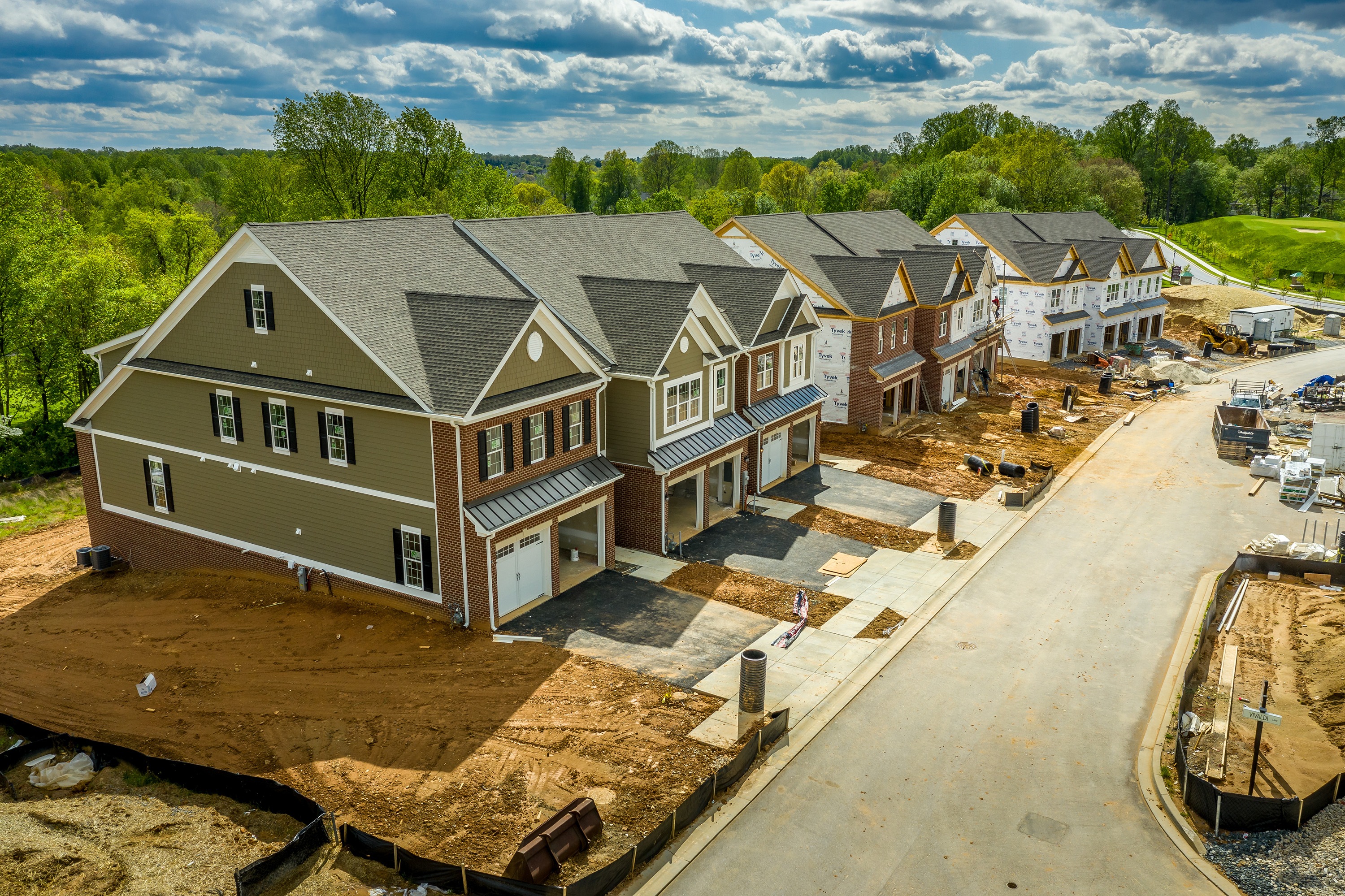According to the National Association of Home Builders, the median price of an existing home is nearly the same today as a new home. This means that deciding between options no longer comes down to just what you can afford.

Buying an existing home
An existing home, also known as a "resale home," is a previously owned property.
Purchasing an existing home is the most common choice for Americans. According to the National Association of Realtors, existing-home sales account for more than 90% of total home purchases.
What to consider: Existing homes can be a good choice if you're interested in a property with history or distinct character. Nearly half of America's housing stock was built more than 40 years ago, according to the NAHB, meaning that you have a large inventory of older homes reflecting different periods. You could purchase a Victorian built in the 1800s or a Craftsman constructed in the early 1900s.
If making decisions is difficult or if you're unsure of what you want in a home, an existing home can ease the stress of designing an entirely new house. Instead of deciding where to place the three bedrooms, you can simply search for existing homes that offer three bedrooms and pick from a selection. This brings a trade-off, though; adjusting to a home rather than designing one to work for you.
Floor plans can also be outdated. Open floor plans in which the main living, dining and cooking area has few walls are trendy today, but older homes often have a compartmentalized floor plan with separate kitchens, living rooms and dining rooms.
Existing homes usually offer different community characteristics from new homes. They reside in established communities rather than areas that are still under development and may need several years to gain their footing.
"Some people just don't know what they want," said Sean Sullivan, a custom builder and remodeler who runs Living Stone Design + Build in Asheville, North Carolina. "My wife and I, we have this affinity for saving things, so we always personally do remodels."
Sullivan lives in a remodeled 100-year-old farmhouse and chooses existing homes even though he also builds new homes. The project took a little over two years, and Sullivan said remodels are typically completed faster than constructing and designing a new home.
"Even a total gut job would be quicker because you don't have the foundation" to do, said Sullivan.
But when the price of an existing home and a new home are comparable, it can be difficult to come up with more funds and time for costly remodeling projects. If you do need to remodel an existing home, it can be done in pieces by splitting up projects by room.

Building or buying a new home
In a survey the NAHB conducted, 61% of the buyers who responded said a new home is their first choice. Still, many buyers don't purchase new.
That’s because a newly built home becomes an existing home as soon as the initial owner lists it for sale, limiting the scope. In addition, the pace of new construction saw a major slowdown for years after the Great Recession. It's ramping back up only now.
What to consider: If you're one of the 61% who have a new home as your first choice, you'll likely be pleased with the design. New homes, whether built by a production builder or custom-designed by you, will offer modern functionalities compared to an older existing home.
"The way we want our homes to support our lifestyles has changed significantly," said Jay Kallos, senior vice president of architecture at new home builder Ashton Woods. "Trying to shoehorn that lifestyle in a really old house, where kitchens were isolated because they were hot and we didn't have air conditioning, to today when it's integrated into a casual living and dining area, it's a big difference."
Finishes will also be more modern and fit for the time and consumer demands compared to existing homes. Home builders conduct market research to find design choices most Americans desire.
New homes will also be built up to the latest code and with modern materials. This improves its performance and can save on utility bills. For example, new homes today have double-pane windows that insulate homes better than single-pane older windows. An existing home can then present performance challenges with plumbing, electrical, HVAC and insulation.
"You'd be the first person to use all the appliances and all the fixtures, and you'd be able to choose them all and have them all installed the day you move in. You also know, 'I'm not going to have a roof leak tomorrow or have to replace my water heater,'" said Kallos.
Homebuilders select areas for new subdivisions after lots of research, but it could still mean the community you move into is not fully developed. You could purchase a home with a dirt yard and empty neighbors, though that will eventually change, you're not moving into a well-established area yet.
Still, this could be a positive, said Kallos, as neighbors will be open to making friends and meeting new people due to the new nature of the neighborhood.
Most new homes built today by production builders are smaller than in years past due to affordability challenges. If you want a large house of about 3,000 square feet or bigger, it could be more challenging to find a move-in-ready new home than a larger existing home on the market.

What’s right for you?
After weighing the pros and cons of new versus existing, look into the available housing stock in your desired area. You can spot standout new homes ready to move in, open lots ready for a new custom home, or existing homes that meet your homebuying criteria.

